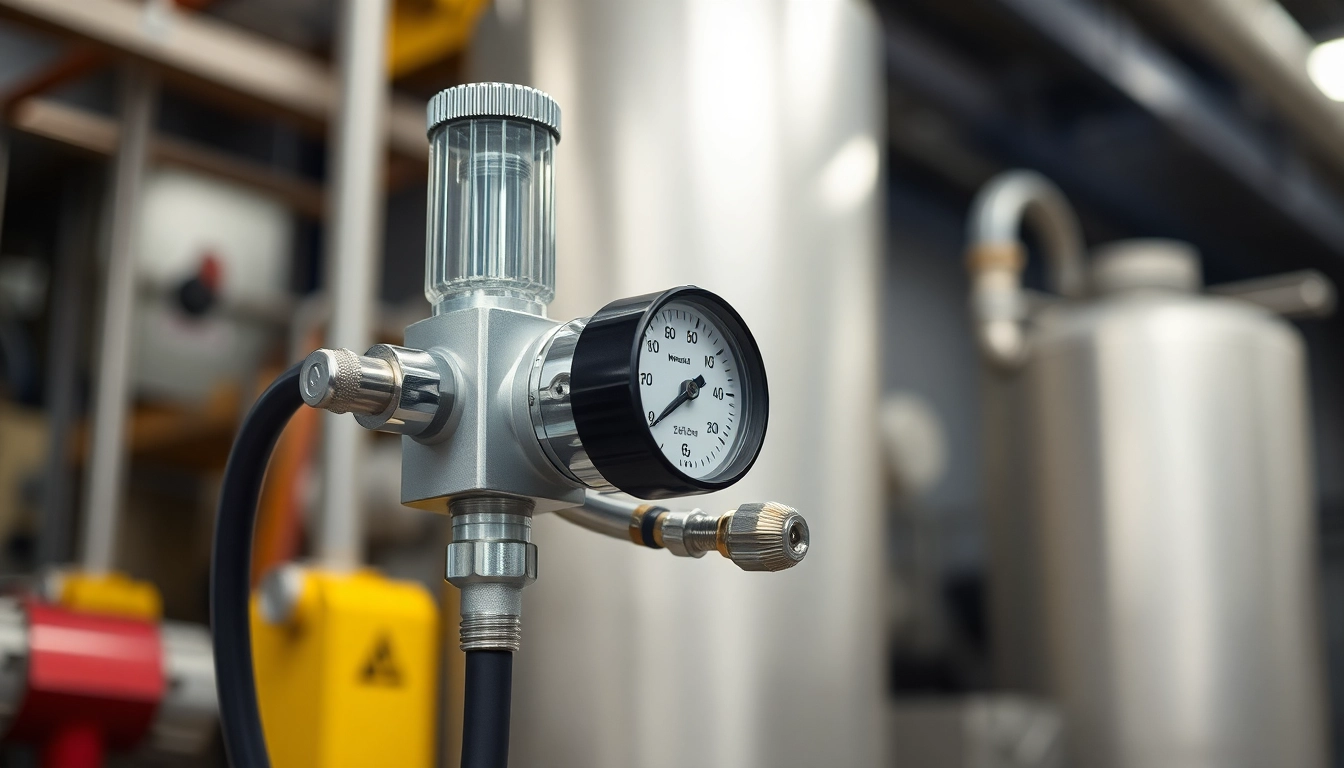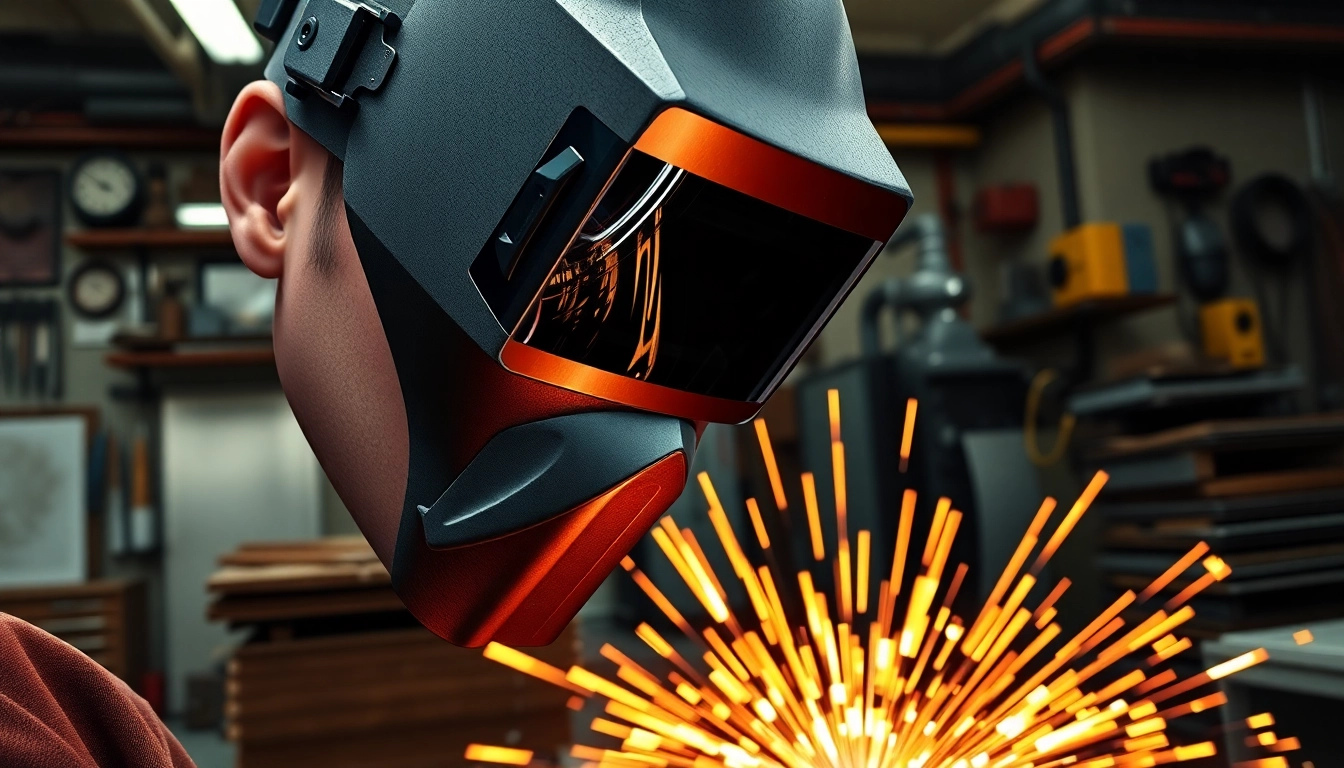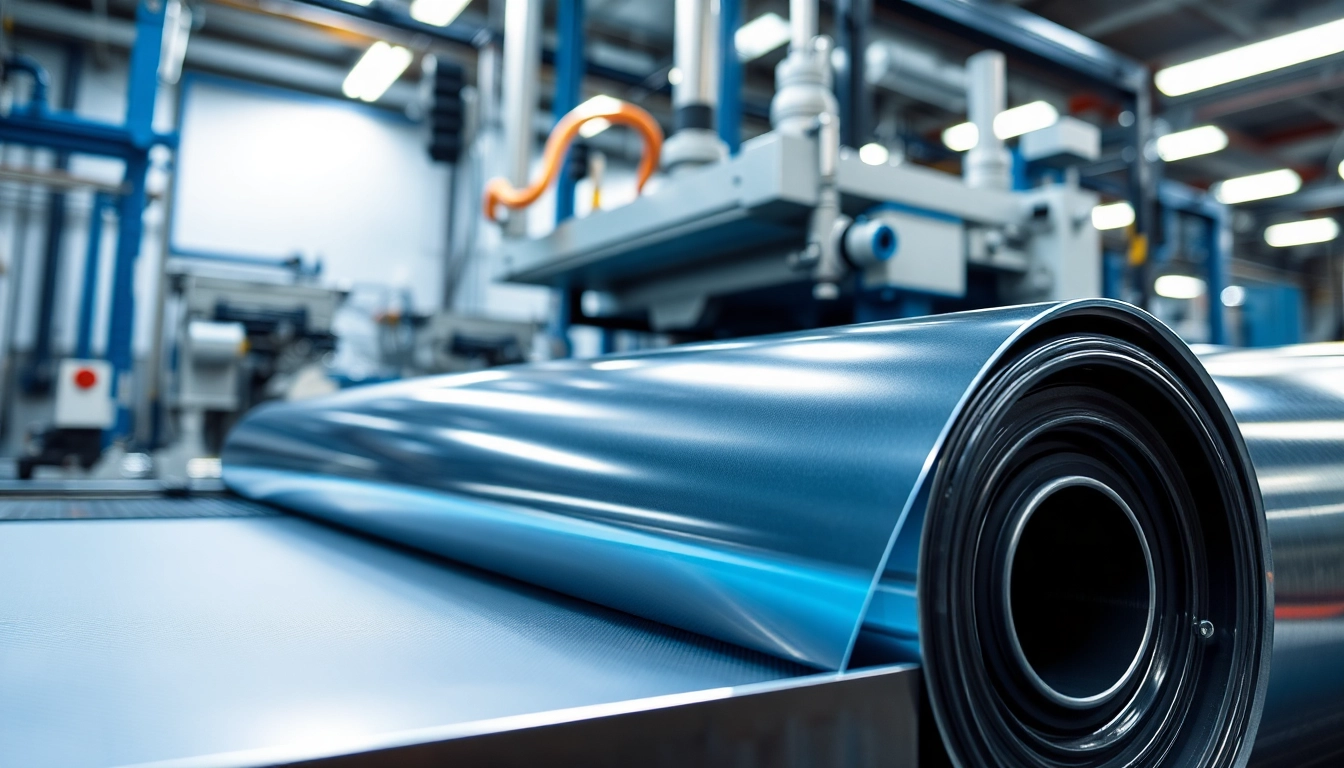Understanding Nitrogen Regulators
What is a Nitrogen Regulator?
A nitrogen regulator is a vital device that allows the controlled release of nitrogen gas from high-pressure storage systems to various applications. Its primary function is to reduce high pressure from nitrogen cylinders to a manageable level for use in different industrial processes, ensuring safe and efficient usage. Without a nitrogen regulator, the high pressure found in cylinders could damage equipment or create hazardous situations.
How Nitrogen Regulators Work
Nitrogen regulators operate based on simple mechanics: they utilize a diaphragm that moves in response to changes in pressure. When the regulator is attached to a nitrogen cylinder, its inlet pressure is significantly higher than the outlet pressure required for most applications. By adjusting the regulator’s settings, users can set the desired outlet pressure, ensuring that the flow of nitrogen is consistent and safe.
This process generally involves a pressure gauge that indicates the outlet pressure and sometimes features multiple outlets, allowing for a simultaneous discharge of nitrogen to different devices. Regulators can be either preset or adjustable, depending on the user’s needs.
Applications of Nitrogen Regulators in Various Industries
Nitrogen regulators are utilized across a variety of fields, including:
- Food and Beverage: Used in creating modified atmosphere packaging to extend shelf life.
- Electronics: Employed in the manufacturing of semiconductors and electronic components during the soldering process.
- Medical: Vital in hospitals for powering surgical instruments and therapy devices.
- HVAC: Applied for pressure testing and purging during installation and maintenance of HVAC systems.
- Welding: Utilized in various welding processes to provide necessary shielding gas.
Types of Nitrogen Regulators
Single vs. Dual Outlet Nitrogen Regulators
Nitrogen regulators come in two main types regarding outlets:
- Single Outlet Regulators: Designed for applications requiring a consistent flow to a single destination. They are typically simpler and more cost-effective.
- Dual Outlet Regulators: Feature two outlets that can service multiple devices or applications simultaneously, providing flexibility and efficiency in setups like workshops or laboratories.
Adjustable vs. Preset Nitrogen Regulators
Another distinction in nitrogen regulators is between adjustable and preset types:
- Adjustable Regulators: Allow users to fine-tune the output pressure to specific requirements, making them ideal for tasks where precision is essential.
- Preset Regulators: Are fixed to a specific outlet pressure, making them straightforward to use yet limiting in adaptability for varying applications.
High Pressure vs. Low Pressure Nitrogen Regulators
Regulators can also be categorized by their pressure ratings:
- High Pressure Regulators: Capable of managing pressures exceeding 100 psi, suitable for industrial refrigeration and high-pressure testing.
- Low Pressure Regulators: Designed for applications under 50 psi, such as food and beverage dispensing.
Choosing the Right Nitrogen Regulator
Key Features to Look For
When selecting a nitrogen regulator, consider the following features:
- Pressure Range: Ensure the regulator can handle the required pressure for your specific application.
- Gauge Readings: A clear and accurate gauge to monitor pressure is crucial.
- Outlet Configuration: Determine the necessary configuration based on whether you need a single or dual outlet.
- Flow Rate: Check the flow rate specifications to ensure the regulator meets application demands.
- Material Construction: Choose corrosion-resistant materials for durability, especially in harsh environments.
Common Mistakes to Avoid When Selecting
Here are some common pitfalls to avoid:
- Failing to verify compatibility with existing systems.
- Overlooking maintenance requirements, which can lead to premature failure.
- Choosing a regulator based solely on price without considering performance metrics.
Comparing Various Brands and Models
Brand reputation can significantly affect the reliability and longevity of nitrogen regulators. When comparing models, consider:
- User reviews and testimonials.
- Warranty and customer support services.
- Specific features that suit your operational needs.
Installing and Maintaining Nitrogen Regulators
Installation Best Practices for Optimal Performance
Proper installation is key to maximizing the performance of nitrogen regulators. Consider these best practices:
- Ensure all connection points are tight and leak-free.
- Follow manufacturer instructions regarding orientation and mounting.
- Install downstream shut-off valves to manage system flow effectively.
Routine Maintenance Tips for Longevity
Regular maintenance includes:
- Inspecting for leaks and signs of wear regularly.
- Replacing any worn or damaged seals promptly.
- Calibrating the pressure settings periodically to ensure accuracy.
Signs of Wear and When to Replace Your Regulator
Knowing when to replace your nitrogen regulator is crucial for safety and efficiency. Look for the following signs of wear:
- Inconsistent pressure readings.
- Visible corrosion or damage.
- Frequent leaks or hiss sounds during operation.
Maximizing Efficiency with Nitrogen Regulators
Setting the Correct Pressure for Your Application
Understanding the pressure requirements of your application is essential. Always refer to equipment specifications and industry standards to set the correct outlet pressure.
Improving System Performance with Proper Calibration
Calibration guarantees that the nitrogen regulator performs optimally. Follow these steps for effective calibration:
- Use precision measuring instruments to check outlet pressure.
- Adjust settings gradually while monitoring performance closely.
- Document all settings and adjustments for future reference.
Cost-Effective Solutions for Your Nitrogen Needs
To ensure a cost-effective nitrogen system, evaluate the following:
- Regular maintenance to avoid premature equipment replacement.
- Choosing multipurpose regulators that can serve various applications, reducing the need for multiple units.
- Investing in high-quality regulators that offer better longevity and performance.



